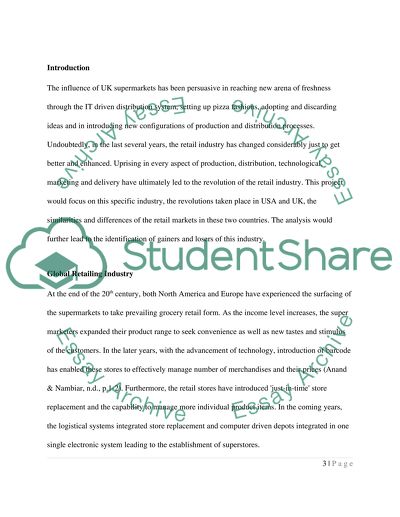Cite this document
(“The retail revolutions in the UK and US. Similarities and differences, Essay”, n.d.)
Retrieved from https://studentshare.org/environmental-studies/1419336-international-business-relation-essay
Retrieved from https://studentshare.org/environmental-studies/1419336-international-business-relation-essay
(The Retail Revolutions in the UK and US. Similarities and Differences, Essay)
https://studentshare.org/environmental-studies/1419336-international-business-relation-essay.
https://studentshare.org/environmental-studies/1419336-international-business-relation-essay.
“The Retail Revolutions in the UK and US. Similarities and Differences, Essay”, n.d. https://studentshare.org/environmental-studies/1419336-international-business-relation-essay.


